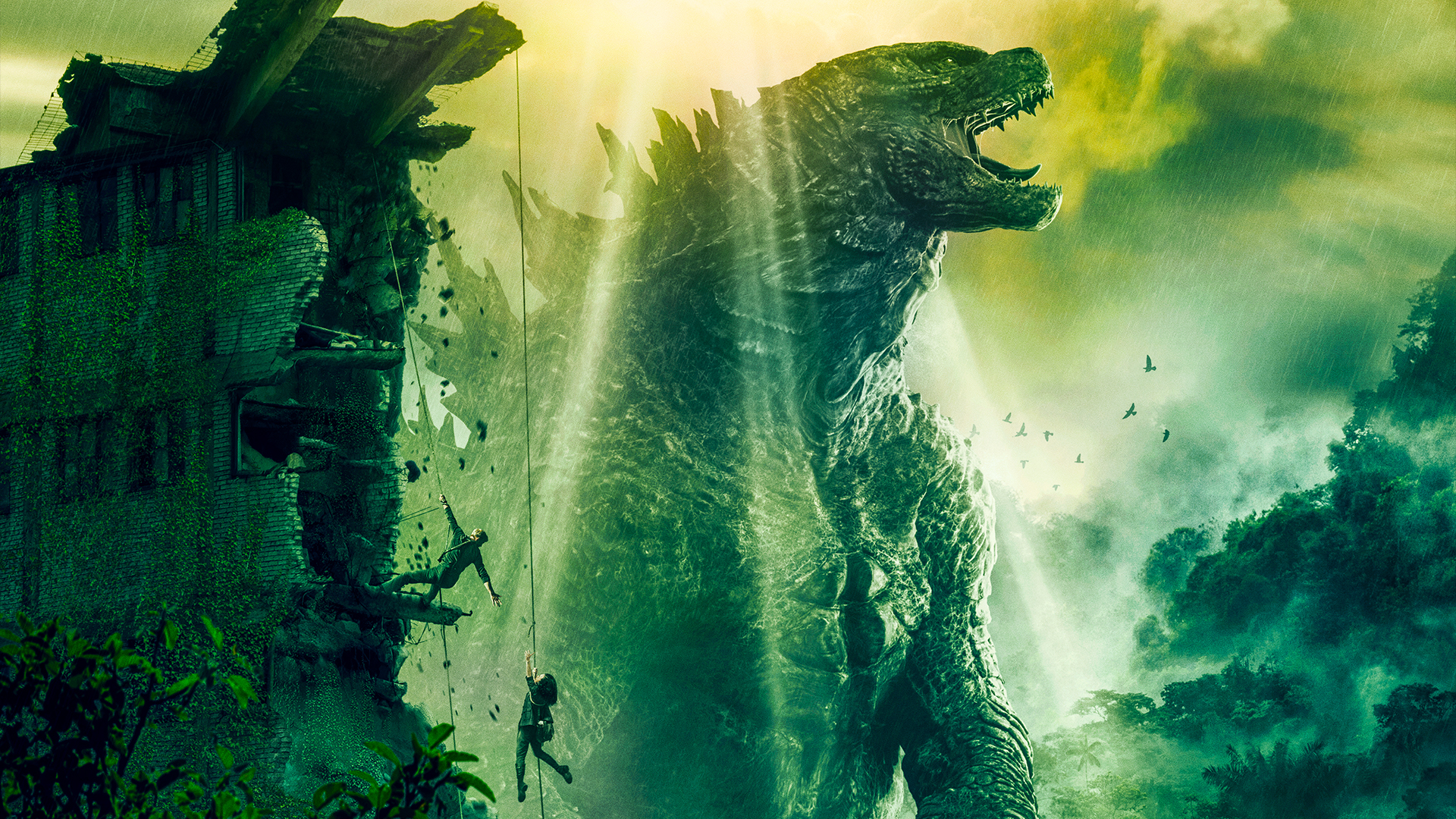
Looming large on AppleTV+ are kaiju, as well as the mysterious global organisation founded to keep track of them, which lurks in the shadows of public consciousness. Created by Chris Black and Matt Fraction, Monarch: Legacy of Monsters bridges and fills in the gaps of Godzilla (2014), Kong: Skull Island (2017), Godzilla: King of the Monsters (2019), and Godzilla vs. Kong (2021) while following its own narrative in the past and contemporary times.
If you're inspired to kickstart your own VFX journey, check out our guides to the best monitors for video editing and best laptops for 3D modelling. To keep track of the latest releases, take a look at our guide to the best upcoming VFX films.
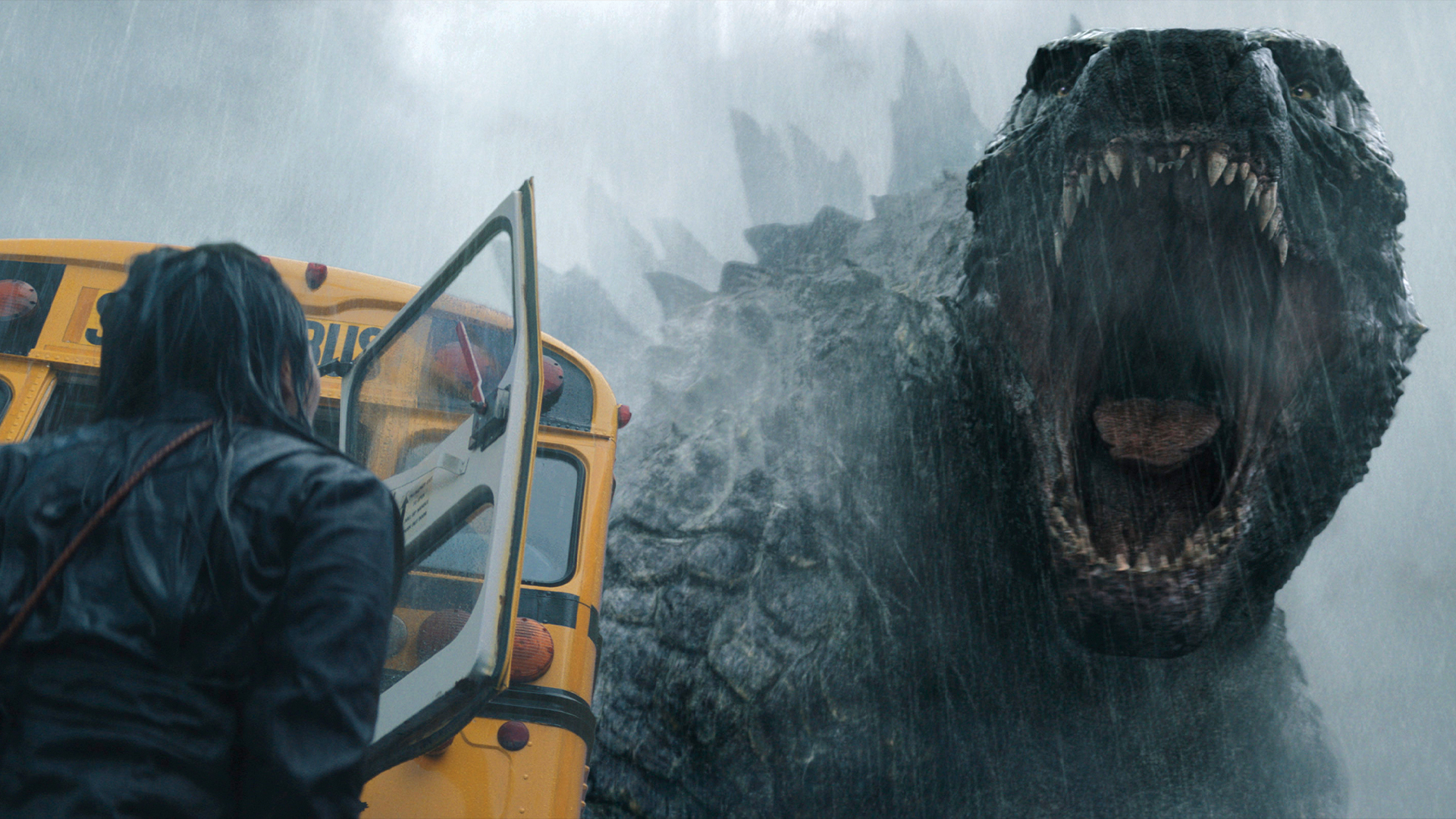
The overriding throughline for the 10 episodes is how the histories of the Randa family and Monarch are interwoven with each other. “The show is so many things,” says Jess Hall, the cinematographer on episodes 101 and 102. “It’s both a family drama and a story about trauma, and then you’ve got this action element. Matt Shakman (series executive producer, and director of episodes 101 and 102) and I talked early on about not wanting the action scenes to be tableau.
We were like, ‘How do we balance the drama and spectacle?’ One of the ways to bring those elements together was to say that, ‘Action should be drama. And how does it become dramatic?’ It’s dramatic because your characters are in the action. If you can’t smell it, you’re not close enough. It’s like war photography.”
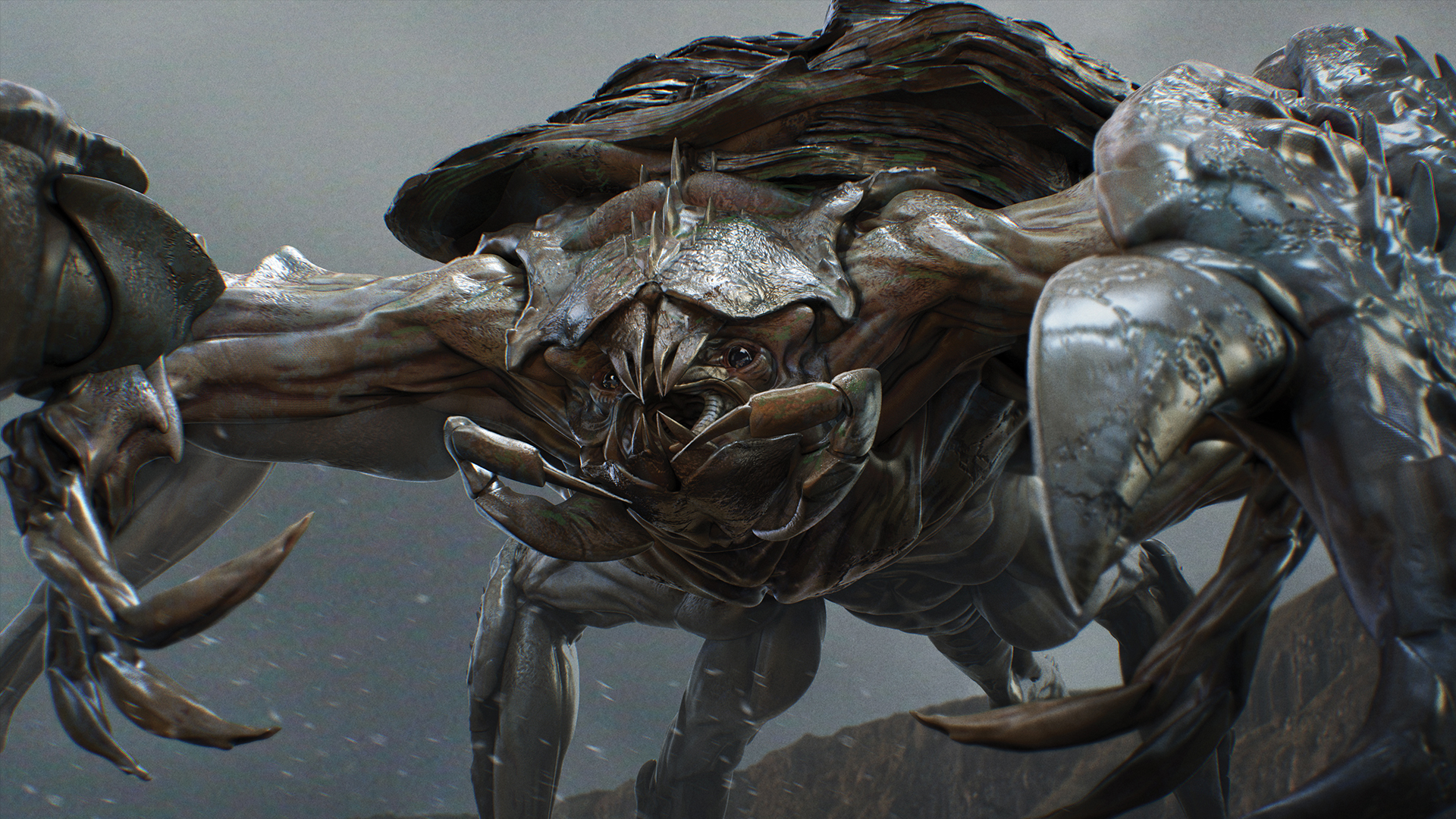
This desire to be closer to the action motivated the choices in lenses. “Matt and I are big lovers of anamorphic photography and were like, ‘This should be global, cinematic, anamorphic, and have big scope,’” states Hall, who shot mainly with the ARRI ALEXA LF camera, and for the big VFX shots on an ARRI ALEXA 65.
“One reason aside from all of that that I liked the idea of anamorphic was that you compress the perspective. Even if you have creatures shot on an 18mm lens, they disappear into the background and become smaller. If you shoot them on a 50mm anamorphic lens, you bring them twice as close as a 25mm spherical lens. I liked this idea of bringing them closer, and making it intimate and immersive."
“The most inventive thing I did was design a super wide angle anamorphic lens so we could be on the San Francisco Golden Gate Bridge. The iconic shot of the show for me, or certainly of what I shot, is when Cate Randa gets off the bus, trying to rescue the children. You’re behind her and for the first time you’re over her shoulder, and you see Godzilla right there and turn. It’s about that relationship between the two. I couldn’t have got that composition without that 32mm ARRI ALFA anamorphic lens. The ALFA anamorphics is something ARRI built originally for Greig Fraser on The Batman, and since have built more sets.”
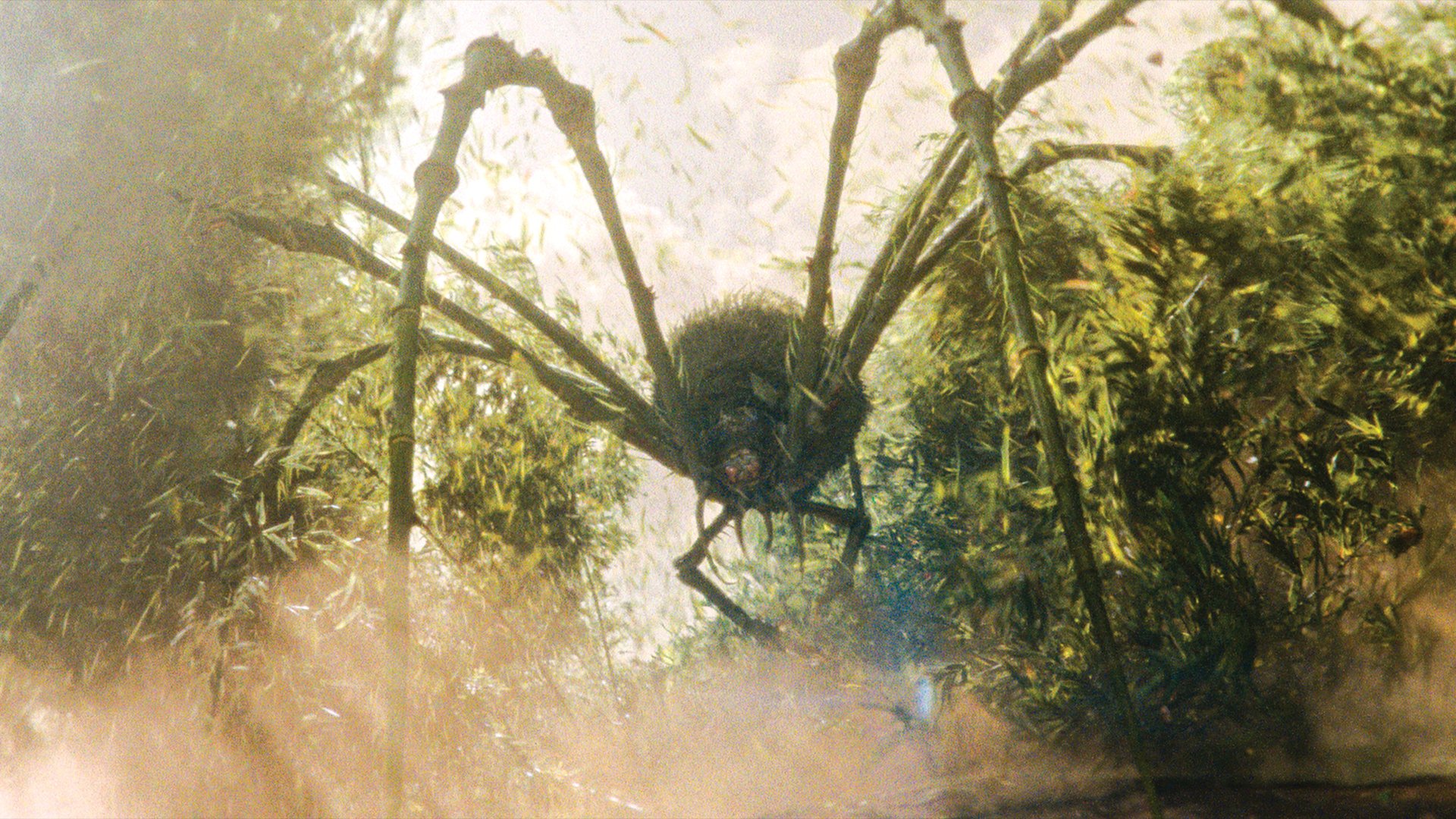
Technology has evolved since 2014 when Godzilla was released, which is something Rising Sun Pictures, Rodeo FX, Framestore, FuseFX, Outpost VFX, MPC, Weta FX, Storm Studios, Vitality VFX, BOT VFX, Mr. Wolf, Crafty Apes, Scarab Digital, The Third Floor, Proof, MPC Visualization, and an in-house team took advantage of when creating over 3,000 VFX shots.
“There’s a lot less cheating that needs to be done these days versus 10 years ago,” states visual effects supervisor Sean Konrad. “As an example, in Episode 106, Rodeo FX figured out how to make the collisions of Godzilla’s spines with the environment spit out procedural sims based on a common setup, meaning that they would get an initial RBD/volume/particulate setup based on the animation of Godzilla in the scene, and then go in to heroise it after. Shading is a lot better too, so fewer hacks are necessary for a volume to look good in an environment.
“And animation is, of course, important. The approach we like with these creatures is that their size and weight means there needs to be acceleration and follow-through in the bulk movements. It’s not simply that large creatures move relatively slower; when you look at an elephant, they can run fast and have a very quick charge. But it takes a lot more to slow them down, and that momentum is vital for selling scale and weight.”
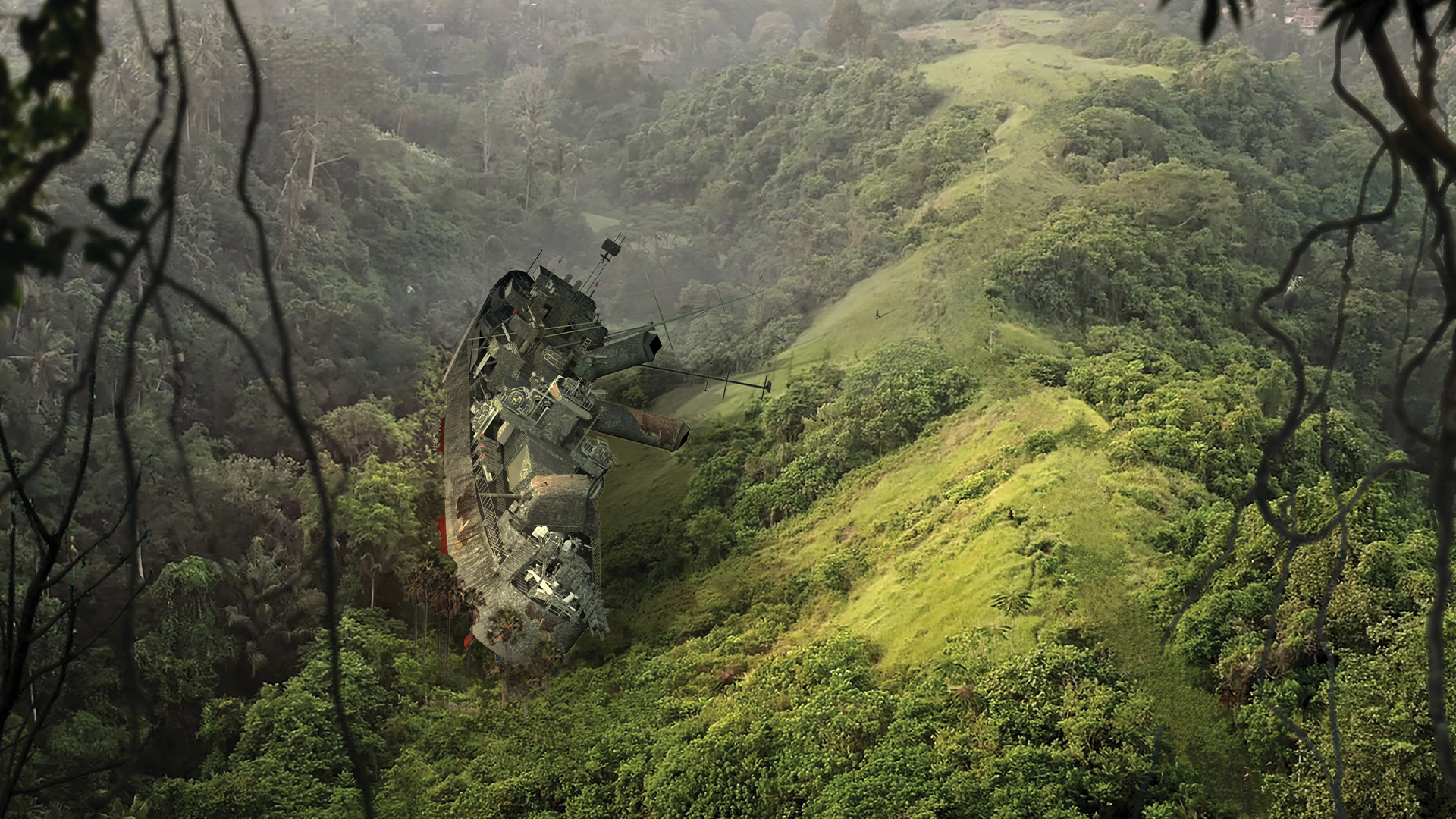
There’s no shortage of new kaiju, such as the Endoswarmer. “The script initially refers to the creatures as millipedes,” explains Konrad. “After discussion with Matt Fraction and Chris Black, we went a little more alien. We looked at undersea imagery and found an arthropod kind of creature that had an interesting carapace and used that as the basis. And then our production designer Caroline Hanania had a book of detailed macro photography of insects that we used for the colour palette and detailing on the creature.”
Meanwhile, the Frost Vark is a cross between a giant star-nosed mole and a pangolin. “It took a few times to get the proportions of the hind legs correct and make them feel anatomically plausible,” says Konrad. “Framestore’s history of quadruped animation was helpful. We had animation leads who had worked on large creatures before, and were able to figure out how to tweak things early in the process.”
Supernatural powers also had to be considered for the creature’s design. Konrad adds: “It sucks heat out of objects. We had to visualise that specifically to make sure the Frost Vark didn’t look as though it was spitting ice, which meant giving it a vortex path and making sure there was particulate and other things in its path for a sense of directionality.”
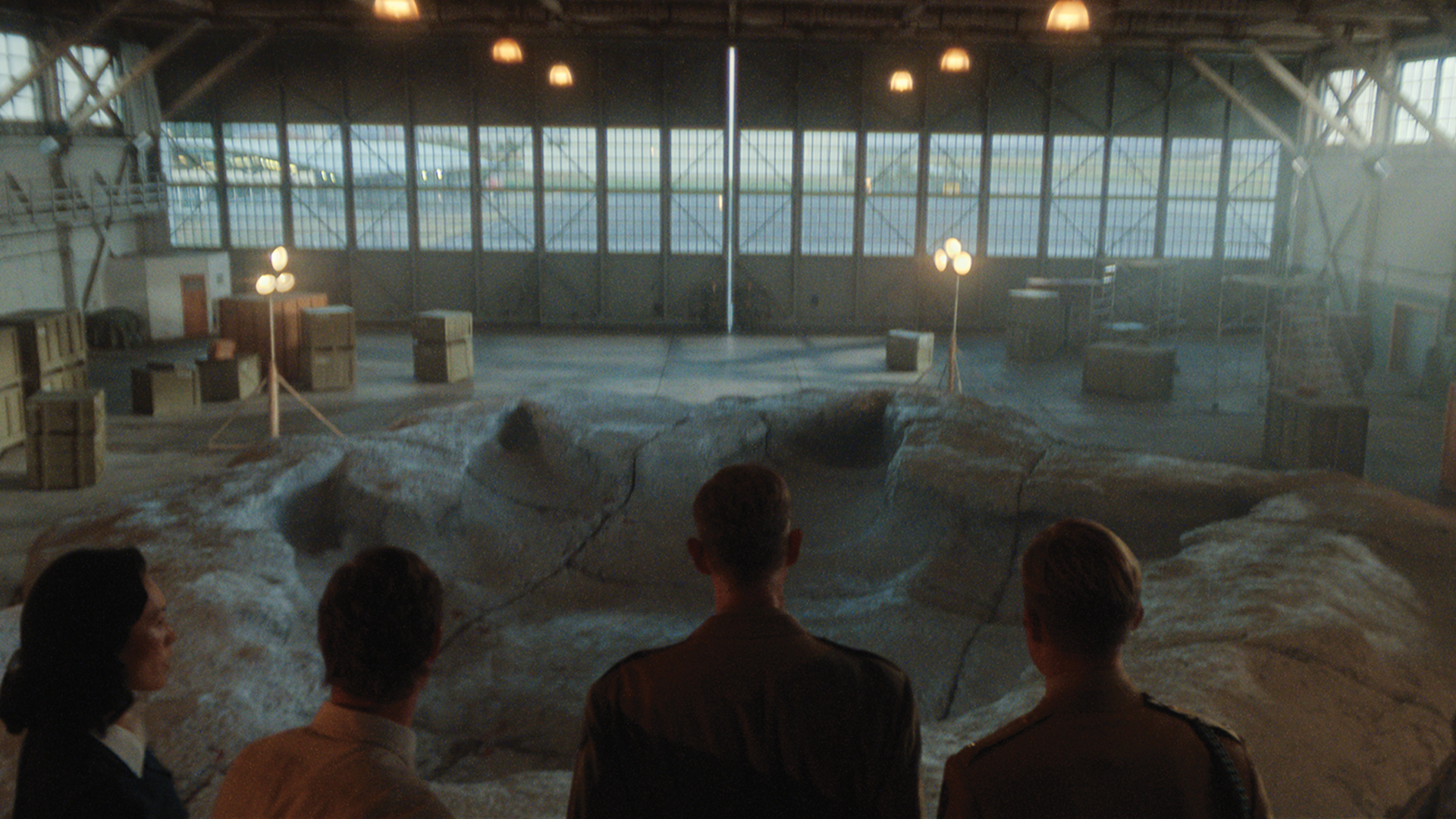
The Mantleclaw was inspired by Hawaii’s volcanic landscapes. “The carapace is made from the rock in the terrain, and we played into the idea of this being an evolutionary cousin of the rock critters we see in Hollow Earth in Godzilla vs. Kong,” remarks Konrad.
“One of the fun things here was an idea brought to the table by Marc Varisco from Rising Sun Pictures, who executed this sequence. There were puddles all over the Lanai Lookout rock, and Marc picked up on that, so added bits of water dribbling off the sides of the creature as it stands up, as well as sand and rocks.”
There was a long, complicated design history behind the Ion Dragon. “We thought about this being a Toho monster, or related to Filipino mythology of the natural environment we find in a jungle, but ultimately we found nothing to quite tick all the boxes. What we actually wanted in this scene was something that felt incongruent. Why is an aquatic creature in a jungle and why does it have wings?
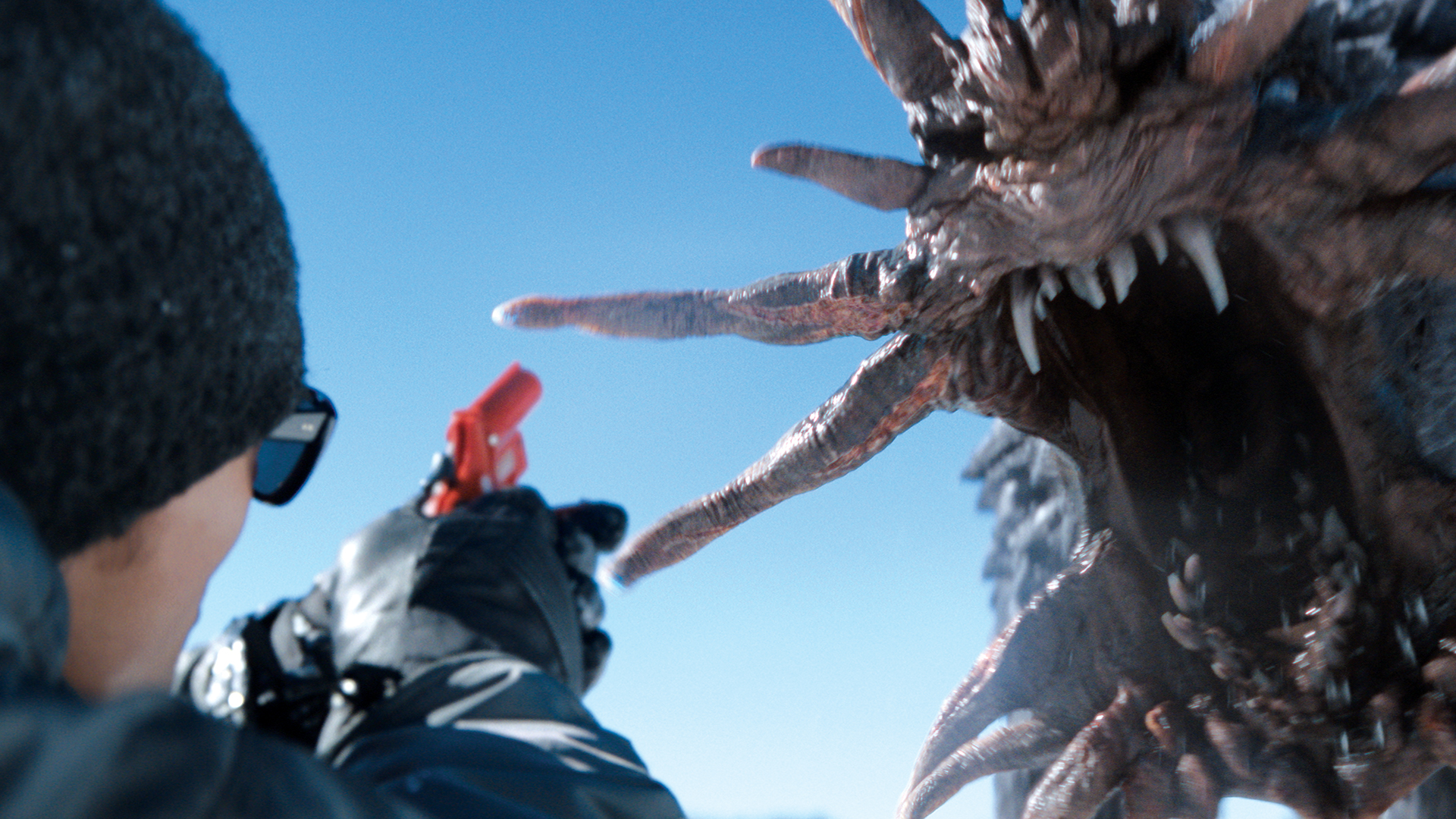
“This allowed us to tease a bit more mystery out of a scene where we’re filling in a major plot beat in the story. With the Ion Dragon, our concept images had much smaller wings, so when we did a first pass of animation it felt like it was constantly having to beat its wings to keep aloft, so we made them a lot bigger to give it a more plausible glide animation.”
There were also complex shots to be executed in the dead end of the Hollow Earth tunnel system, referred to as Axis Mundi. “We see actors frozen in a moment of time while the camera orbits around them,” states Konrad. “In one we see the Ion Dragon in the distance, and in another we see a lightning bolt go through the chest of one of the explorer team members.
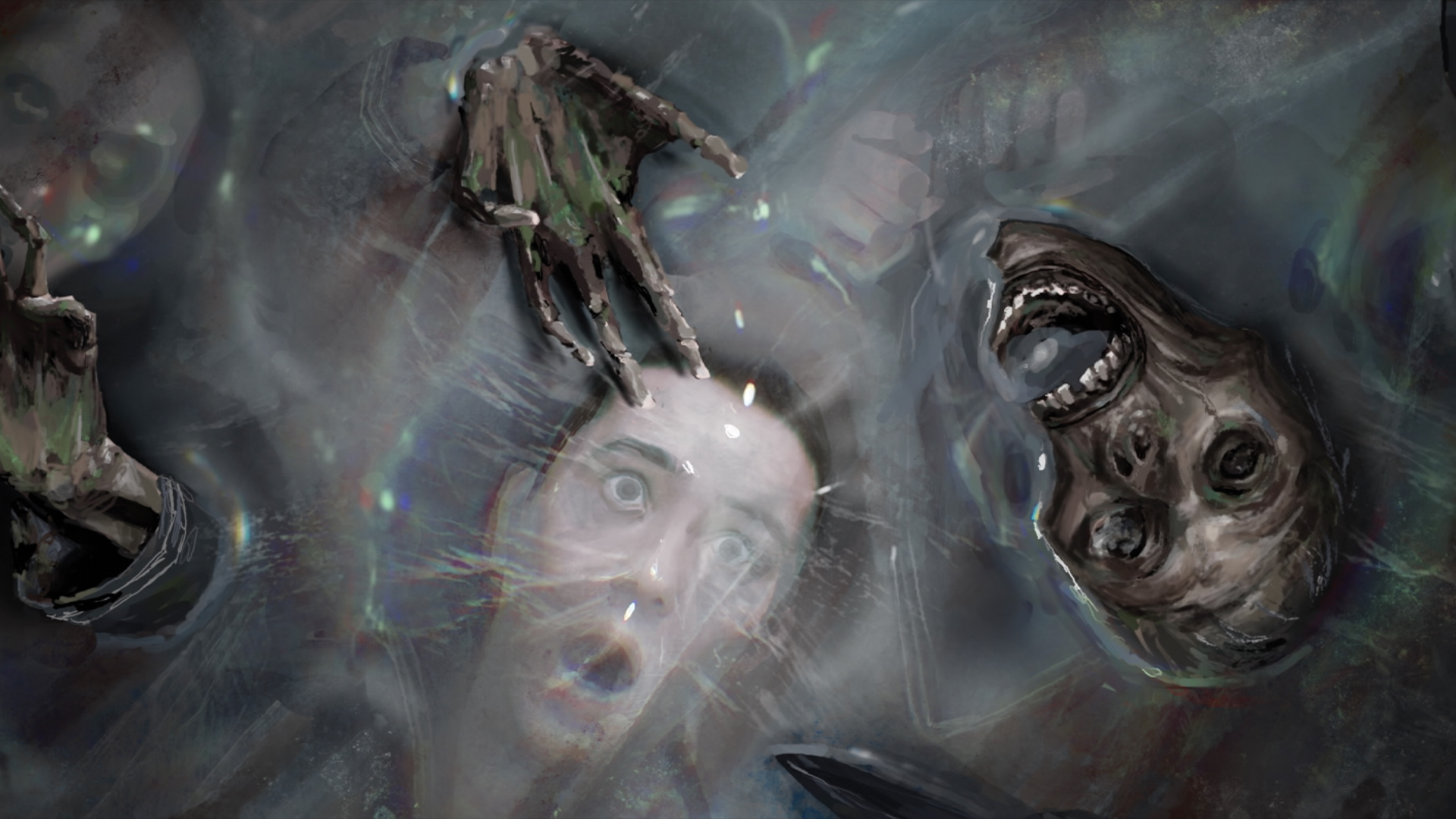
“The second shot was especially difficult to execute. We thought about doing a bullet time, multiple- camera thing, but Andy Goddard [director of episodes 109 and 110, and series producing director] wanted a more grounded camera, which required keeping the actors perfectly still. Our actor was suspended on cables while the camera craned down. Both of them did a great job, but I was impressed by how still the cable suspension shot ended up being. You can’t even see any breaths.”
The special effects team led by Paul Benjamin used practical mortar explosions to create the lightning strikes. “The lightning erupts from the ground and with it comes a ton of dust and debris,” Konrad says. “We imagined the camera was inside of that, so we had a bit of volumetric dust, then Weta built some simple geometry for the lightning. Storm had developed the multicoloured look of the lightning already, so that made it more straightforward.
“The final bit to help sell the lightning going through May’s body was to get Weta FX to add burnt clothing tearing vertically, and becoming silhouetted by the lightning bolt. I like the shot a lot, and it was one of those things that took a while to fully imagine.”
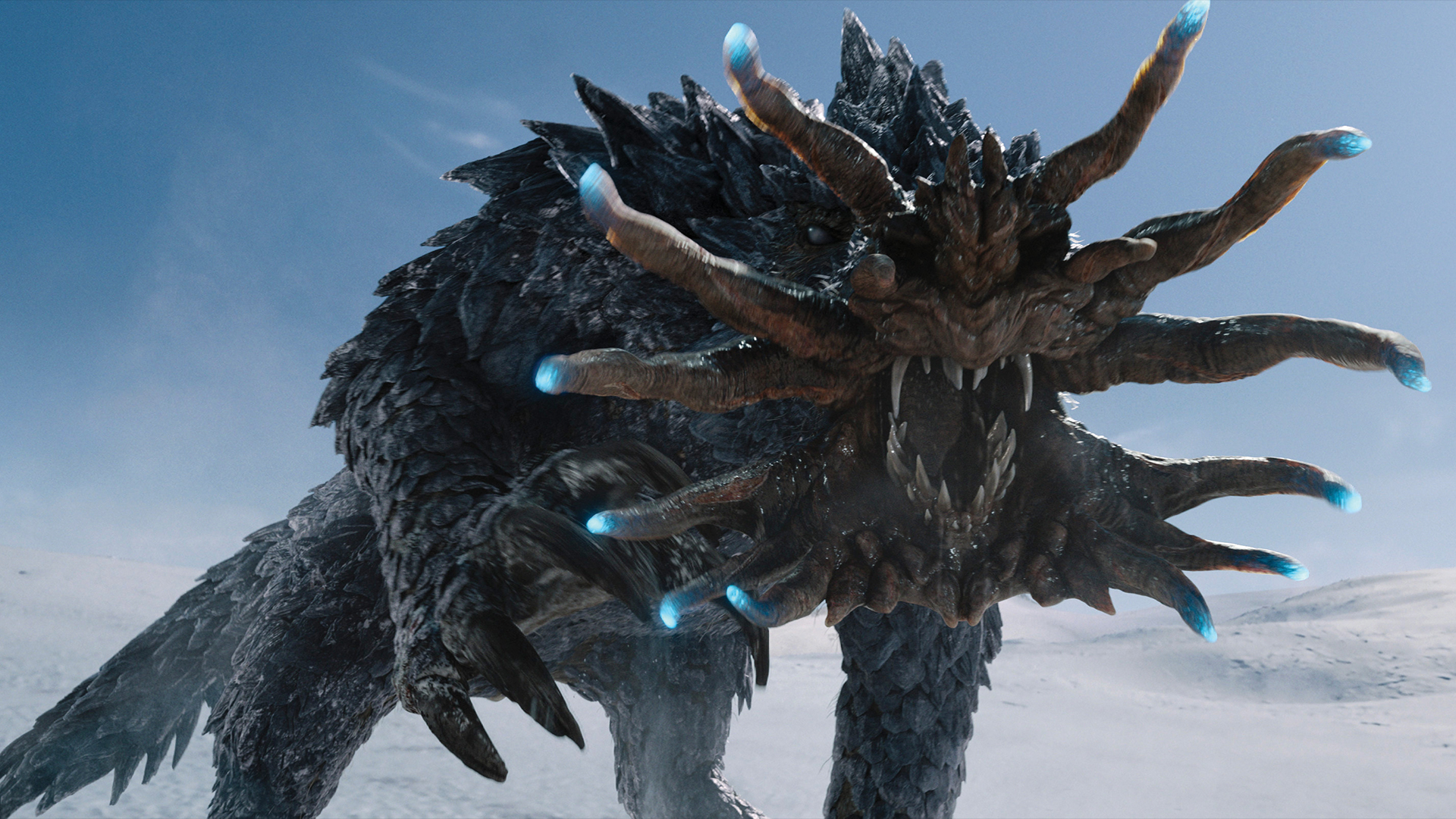
This interview originally appeared in 3D World magazine, the world's leading digital art, CG and VFX magazine. 3D World is on sale in the UK, Europe, United States, Canada, Australia and more. Limited numbers of 3D World print editions are available for delivery from our online store (the shipping costs are included in all prices).







